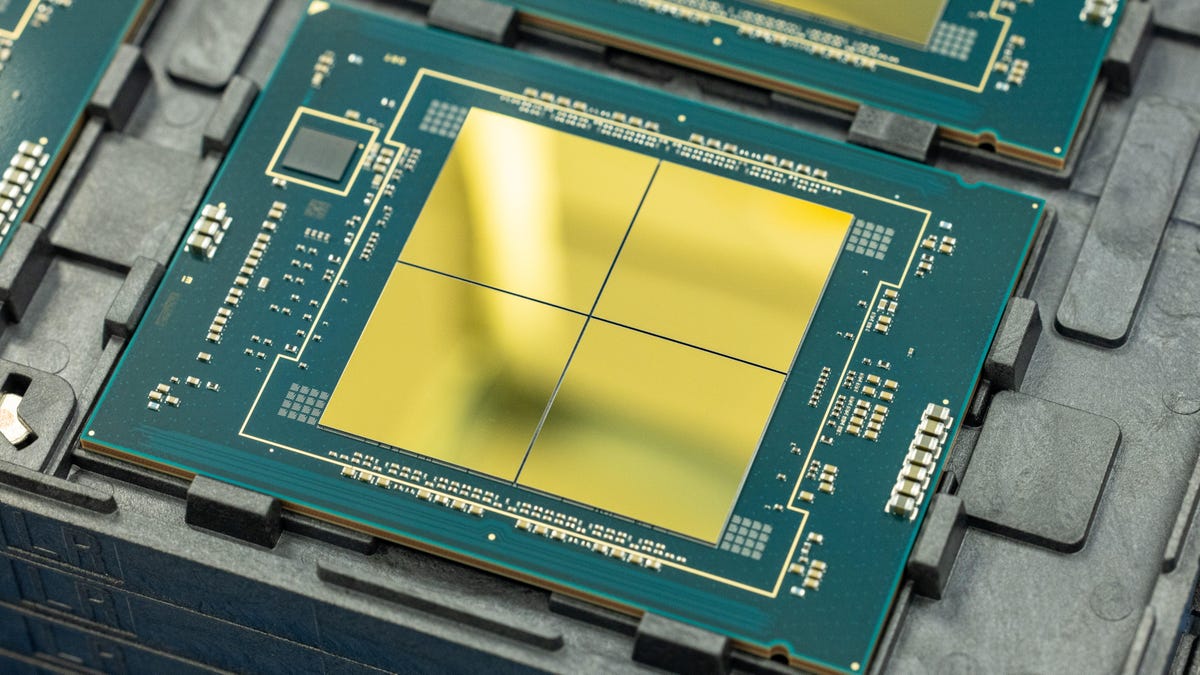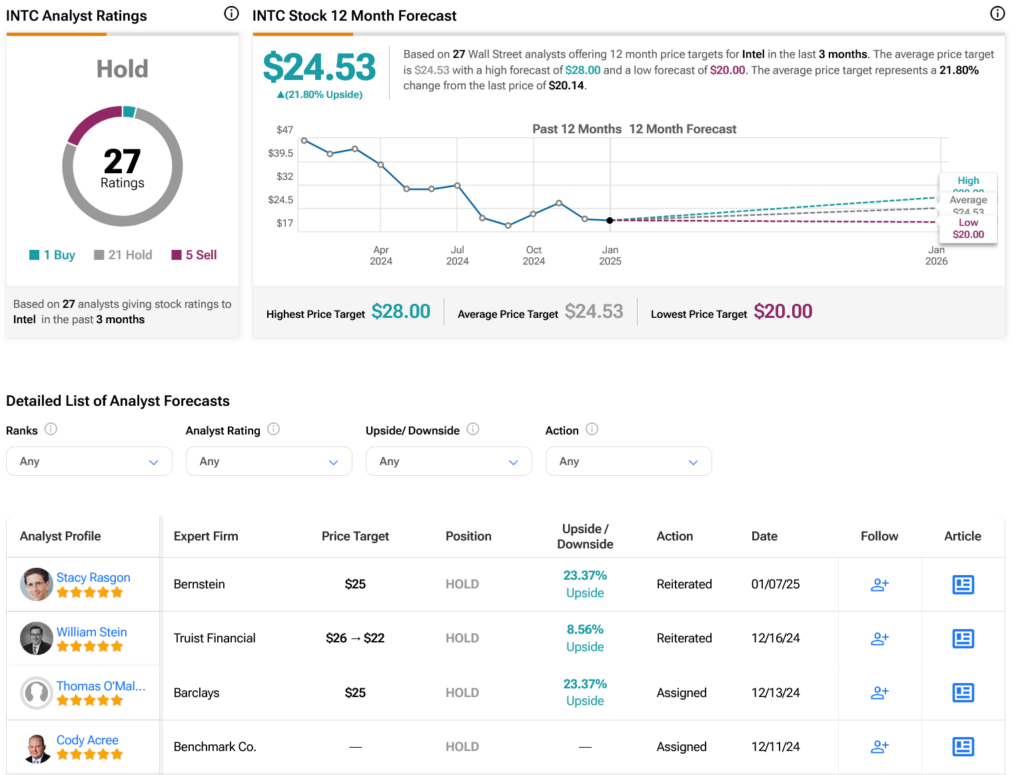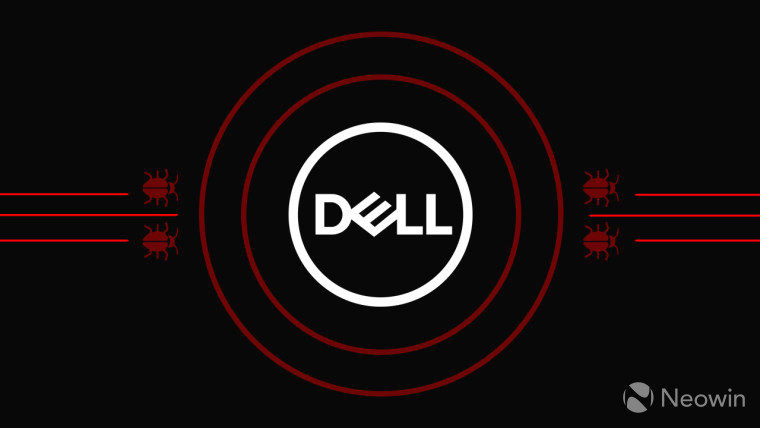Intel has announced that its upcoming Meteor Lake processors will include a CPU with exceptional power efficiency, enabling laptops to run without draining the battery quickly.
At its Innovation conference, Intel unveiled details about its next-generation processor lineup, including Arrow Lake, Lunar Lake, and Panther Lake. CEO Pat Gelsinger also discussed Intel’s efforts to regain its leadership position in the industry and manufacturing. Meteor Lake, set to launch on December 14, is a significant step towards achieving these goals.
Apple’s M processors, featured in MacBook laptops for excellent battery life and fanless operation, have showcased the advantages of energy-efficient processors. Meteor Lake aims to compete by offering superior laptops for Windows users.
See also: Inside Intel’s Chip Factory, I Witnessed the Future: Plain Old Glass
The key innovation in the Meteor Lake design is a chiplet known as a “compute tile,” which houses a group of CPU cores. Similar to Intel’s current Alder Lake processors, the 13th-generation Core series, Meteor Lake will feature a combination of large CPU cores for demanding tasks and smaller cores for better power efficiency. The CPU cores in Meteor Lake have been redesigned for improved performance and are based on Intel’s new 4th generation process, which offers enhanced efficiency.
Additionally, the processor includes a “low power island” with multiple CPU cores embedded in another system-on-a-chip (SOC) tile. The processor intelligently switches between cores to optimize performance and conserve battery power by storing unused cores. Tim Wilson, Vice President of Engineering at Intel, emphasized the focus on efficiency and meeting the demands of users who prioritize battery life.
The new chip also brings advanced image acceleration capabilities and artificial intelligence features to the integrated graphics processor and neural processing unit. These enhancements are particularly important for high-end systems used in gaming, video editing, and image processing.
While traditional PCs may not have the processing power to handle large language models like ChatGPT, AI technologies are used for tasks such as subject selection in Adobe Lightroom and noise reduction in Microsoft Teams video meetings.
Next-Generation Graphics in Meteor Lake
Intel’s Meteor Lake processors will introduce the next generation of integrated graphics, called Xe LPG, under the Core Ultra brand. The Xe LPG graphics deliver better performance and power efficiency compared to the previous Xe LP generation, enabling improved battery life.
The Xe LPG architecture incorporates features from Intel’s dedicated gaming GPU, Xe HPG, including support for DirectX 12 Ultimate, raytracing accelerators, and advanced shading features. The XeSS (Xe Super Sampling) technology, based on AI, is also supported, along with Intel’s power-saving feature called Endurance Gaming mode, which dynamically optimizes performance and power consumption.
Laptops equipped with Core Ultra chips and Xe LPG graphics can support up to 8K 60Hz with 10-bit HDR decoding and encoding, or four 4K 60Hz HDR displays, among other display configurations.
A TSMC Collaboration
Despite being a fierce competitor, Taiwan Semiconductor Manufacturing Co. (TSMC) is also working closely with Intel. TSMC is involved in developing several chiplets within the Meteor Lake architecture.
For instance, TSMC is contributing to the development of a Meteor Lake SOC tile that includes a low-power island, an AI accelerator, a video decoder, and a Wi-Fi system, using its N6 design technology. TSMC is also involved in manufacturing the I/O tile responsible for Thunderbolt and USB ports.
The advanced N5 process from TSMC is being utilized for the Meteor Lake’s Arc GPU, which promises to deliver twice the performance of Intel’s 13th-gen Alder processors.
Under Gelsinger’s leadership, Intel aims to transform its chipmaking business and become a primary supplier like TSMC and Samsung. This strategy involves serving multiple customers and is expected to gain momentum with the arrival of Intel’s 18A production line in 2024.
Chiplet-Based Design with Foveros
Meteor Lake’s “unbundled” design, supported by Intel’s Foveros chipset-stacking technology, signals a new direction for the processor industry.
AMD has implemented faster memory caches in its high-end processors, and Apple’s M2 Ultra features M2 Max chips interconnected via a high-speed bridge. However, Intel is taking a more aggressive approach with its chipset strategy to compete with rivals, according to Creative Strategies analyst Ben Bajarin.
A real example of Intel’s networking technology is Intel’s Sapphire Rapids, a large Xeon processor for data centers. Intel combines four CPU tiles, also called dies or chipsets, into one large processor. Intel’s EMIB (integrated multidie interconnect bridge), a small piece of silicon under the edge where the tiles fit in, provides data links across the processor so it acts as one big unit.
Intel’s Sapphire Rapids Xeon chip, released earlier this year for data centers, and Meteor Lake both showcase Intel’s approach of using connected chiplets. This approach incurs additional production costs and requires more time, but it offers several benefits. Each chiplet can be designed differently to meet specific requirements such as cost, power consumption, and performance. Additionally, using smaller chips reduces the probability of defects.
Intel’s glass substrate technology, highlighted at the Innovation conference, enables more advanced integration solutions. Glass substrates offer improved speed, power efficiency, and size compared to current technologies.
Meteor Lake does not utilize glass substrates, which are not expected until later in the decade. However, it does demonstrate Intel’s packaging capabilities. For example, Intel employs different types of solder balls to compensate for variations in processors and ensure reliable electrical connections.
Intel’s advanced packaging technologies include the use of four distinct solder ball types for precise timing, such as using copper balls for power connections. The company showcased its “multiball” technology during a tour of its research laboratories.
Tom Rucker, the Vice President responsible for Intel’s integration process, emphasized the significance of long-term investments in chip technologies for the next five to ten years.













